Two Aberdeenshire schools have more pupils than the buildings are deemed suitable for.
And a further 24 are near their maximum roll.
Kemnay Academy has 982 pupils, despite capacity sitting at 730.
Alford Academy is also over capacity.
You can find out how full your Aberdeenshire school is by searching for it in our table below.
Others above 90% capacity in the latest statistics released by the Scottish Government are:
- Aboyne Academy
- Alford Primary School
- Auchnagatt School
- Banchory Academy
- Clerkhill School
- Crombie School
- Foveran School
- Hillside School
- Insch School
- Kellands School
- Kennethmont School
- Laurencekirk School
- Logie Durno School
- Mackie Academy
- Marykirk School
- Mearns Academy
- Meldrum Academy
- Mintlaw Academy
- Portlethen Academy
- Sandhaven School
- St Fergus School
- Strathburn School
- Westhill Primary School
- Whitehills School
The capacity of a school is based on the size of available teaching space, rather than the entire building.
Statistics released by the Scottish Government are based on a pupil census conducted in September 2022.
Several schools well below capacity
At the other end of the scale, many Aberdeenshire schools have far fewer pupils than they could.
Those which are less than half full are:
- Arnage School – 35 pupils (46.7%)
- Ballater School – 58 pupils (40%)
- Barthol Chapel School – 23 pupils (46%)
- Boddam School – 99 pupils (45.6%)
- Bracoden School – 42 pupils (29%)
- Burnhaven School – 37 pupils (37%)
- Cairney School – 21 pupils (42%)
- Chapel of Garioch School – 31 pupils (43.7%)
- Crathie School – 11 pupils (23.4%)
- Fintry School – 20 pupils (40%)
- Finzean School – 34 pupils (47.9%)
- Forgue School – 18 pupils (40%)
- Fraserburgh North School – 96 pupils (44.2%)
- Glass School – 16 pupils (34%)
- Kincardine O’Neil School – 30 pupils (43.5%)
- King Edward School – 18 pupils (38.3%)
- Kinneff School – 12 pupils (24%)
- Largue School – 13 pupils (26%)
- Logie Coldstone School – 17 pupils (36.2%)
- Lumsden School – 14 pupils (28%)
- Luthermuir School – 35 pupils (35.4%)
- Midmill School – 143 pupils (32.9%)
- Port Elphinstone School – 77 pupils (49.7%)
- Port Erroll School – 117 pupils (48.3%)
- Portsoy School – 123 pupils (46.1%)
- Slains School – 24 pupils (48%)
- Strathdon School – 16 pupils (32%)
- Tipperty School – 22 pupils (44%)
- Tough School – 21 pupils (35%)
- Tullynessle School – 10 pupils (40%)
- Tyrie School – 15 pupils (21.1%)
Aberdeenshire Council responds
An Aberdeenshire Council spokesman said: “Our learning estates team carefully monitors and addresses school capacities and plans ahead to prevent overcrowding.
“The stats need to be considered in context – Kemnay Academy, for example, has a published capacity of 730 pupils, however it has a working capacity of 980 pupils due to additional non-linked accommodation.
“Numbers also change each year with Alford, for example, expected to return within its capacity in 2024.
“Where there are pinch points, our learning estates team works closely with schools to ensure they have ample space to deliver learning, utilising the buildings to their full potential.
“We set annual limits and reserved spaces and will not accept placing requests from those out of area when we need to limit numbers.”
Click the tab for your region to see the fullest schools where you are
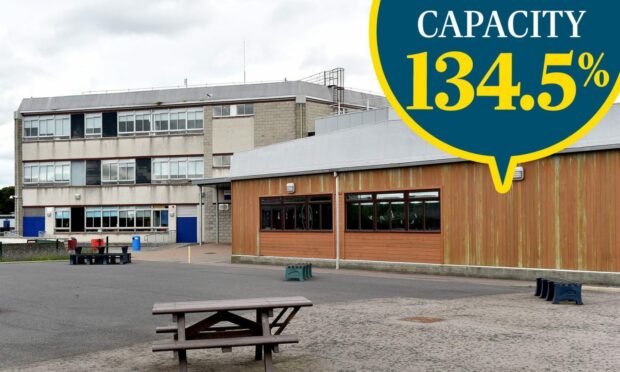
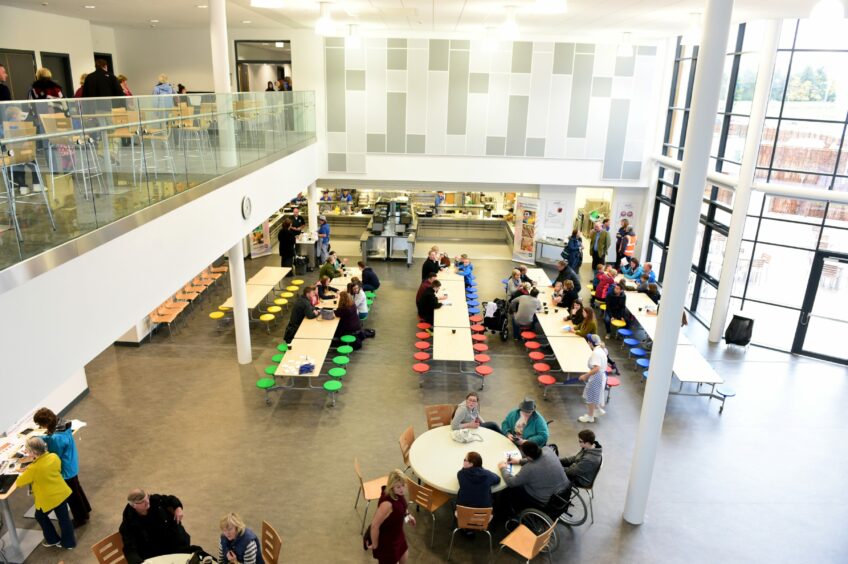
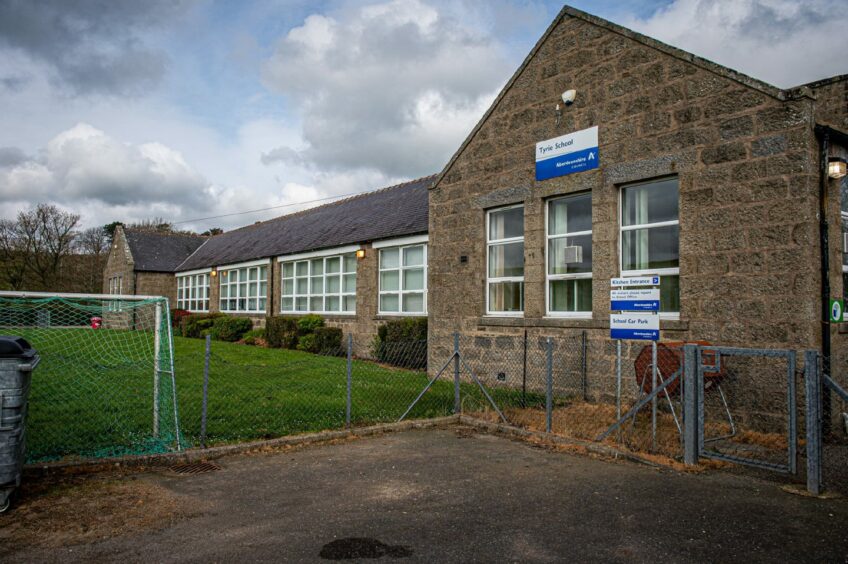
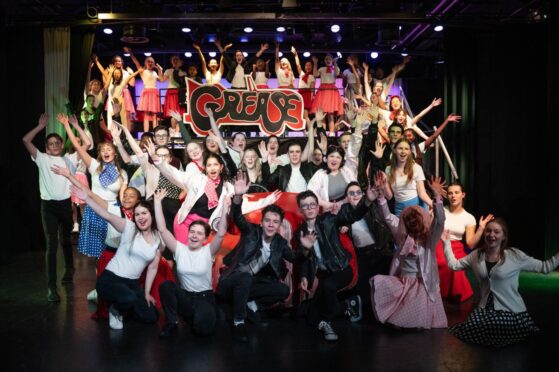

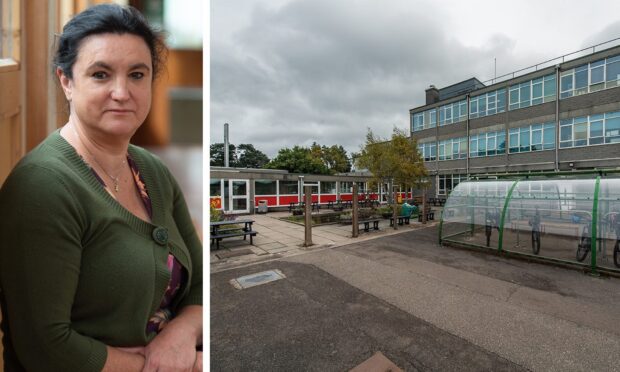
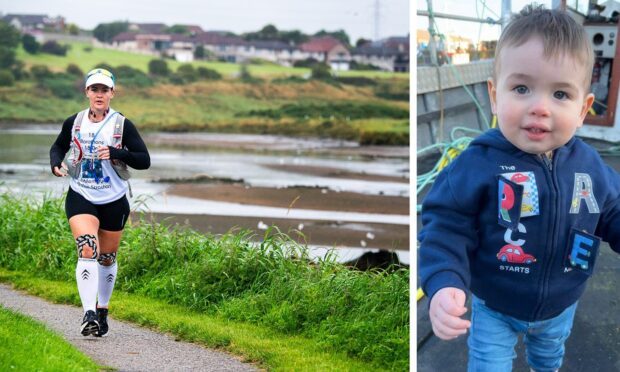

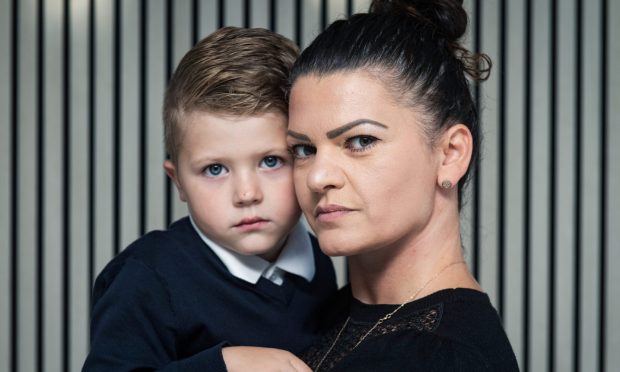
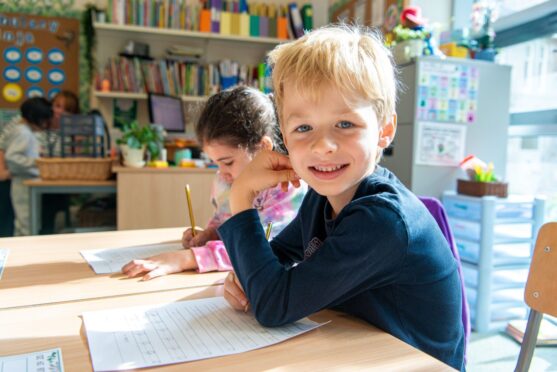

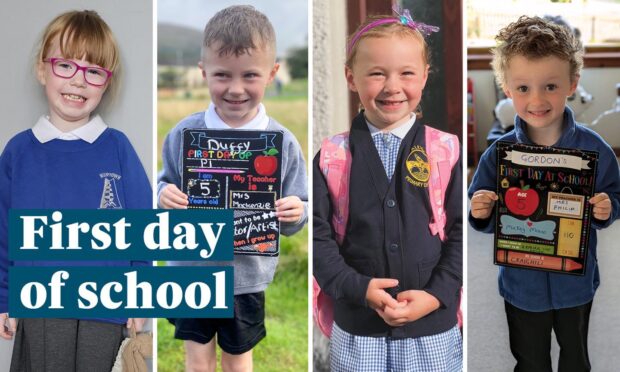

Conversation